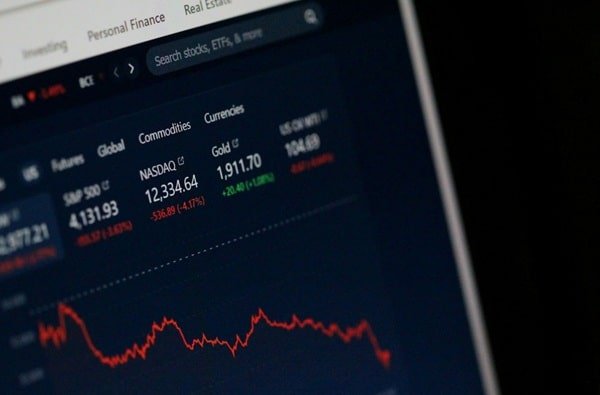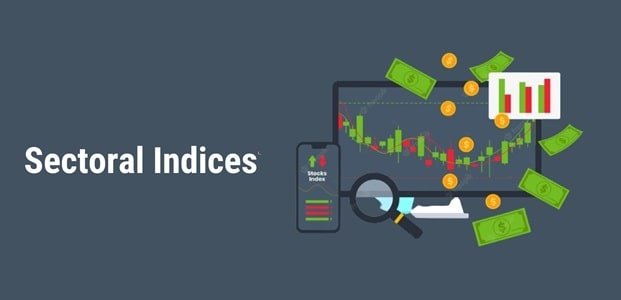The finance world moves fast. Every few months, there’s a new buzzword, a new tool, a new strategy that promises smarter returns. Lately, one concept keeps popping up in trading circles — FLEX options.
They’re not new, but the way investors use them has changed. What’s driving the surge in attention is flexibility itself. In markets that swing between chaos and calm, that freedom matters more than ever.

Customization That Fits the Market Mood
Most traders rely on standard options for hedging or speculation. Those contracts come with fixed terms, fixed expiration dates, and little room to adjust. FLEX options flip that idea. They let investors design terms that match specific goals. Strike prices, expiration dates, settlement styles — almost everything is customizable.
Many portfolio managers now lean on digital tools to make sense of all those variables. A FLEX option pricing tool helps calculate fair value based on volatility, risk appetite, and time frames. It simplifies what used to take hours of manual work. Investors can test different scenarios without second-guessing every number. That kind of control builds confidence, especially when market sentiment shifts overnight.
A Safety Net in a Shaky Market
Volatility isn’t going anywhere. One week, the headlines scream optimism; the next, fear takes over. Investors have started searching for instruments that protect them without cutting off upside potential. FLEX options fit that mindset. They allow for tailored protection. A trader can build a contract that limits loss but still leaves space for growth.
Traditional options are too rigid for that. Their preset rules often force investors into awkward trades. With FLEX options, the structure bends instead of breaking. That adaptability feels like insurance you can rewrite whenever you want. In a world where uncertainty is constant, that’s powerful.
Appeal Beyond Institutional Desks
It’s not just the big players using FLEX options now. Retail investors have entered the game too. Technology has lowered barriers, and many trading platforms now include tools once reserved for institutions.
That access has created a new kind of investor — one who wants full control but doesn’t need a Wall Street office. For them, FLEX options are like custom-tailored suits. Off-the-rack products don’t cut it anymore. The ability to fine-tune each trade appeals to their sense of autonomy.
Strategic Diversity Without Chaos
Diversification is nothing new, but the way investors diversify has evolved. Instead of holding dozens of unrelated assets, some use derivatives to shape risk exposure with more precision. FLEX options let them craft asymmetric positions that respond to different market moods.
For example, an investor might hedge against inflation or rising rates without selling core holdings. It’s not just about avoiding losses. It’s about maintaining the right balance between offense and defense. FLEX contracts provide that middle ground. They turn abstract strategy into something tangible and trackable.
Technology Levels the Field
The biggest reason behind the momentum might not be the contracts themselves but the tech surrounding them. Advanced pricing engines, automation, and user-friendly dashboards have made FLEX options less intimidating. Traders who once ignored derivatives now experiment with them daily.
Platforms use algorithms to crunch probabilities and surface insights. What once required a background in quantitative finance now fits in a clean interface. That democratization is changing behavior. Knowledge no longer stays locked inside institutions. It spreads fast, reshaping how people think about risk.
Risk Management, Evolved
The best investors today don’t just chase profit. They design systems that protect them when things go wrong. FLEX options are perfect for that. They give room to plan for extremes — not just the expected outcomes.
A well-tuned strategy might involve pairing FLEX calls and puts to create tailored hedges. It’s not flashy, but it’s effective. The ability to modify terms later adds another layer of protection. Risk stops being something to fear and becomes something to sculpt.
Education Drives Adoption
As with most financial innovations, adoption follows understanding. Once traders grasp how FLEX options work, they realize they’ve been missing a tool that should’ve been standard all along. Education has played a big role in that shift.
Webinars, online courses, and digital simulators have made it easier to learn the mechanics without risking capital. Many investors start small, test strategies, and then integrate FLEX options into broader portfolios. That slow, confident approach has helped the trend stick instead of fading like a passing fad.
The Future of Flexible Finance
If markets stay unpredictable — and they will — tools that promise control will keep gaining ground. FLEX options offer exactly that. They blend customization, transparency, and smart data into something investors can trust.
We’re heading toward a time when flexibility isn’t optional. It’s expected. The old one-size-fits-all products are fading, replaced by contracts that evolve with the market. And that shift feels less like a revolution and more like common sense.
In the end, FLEX options give investors what they’ve always wanted — freedom without chaos. And that’s why they’re not just trending. They’re here to stay.
Anantha Nageswaran is the chief editor and writer at TheBusinessBlaze.com. He specialises in business, finance, insurance, loan investment topics. With a strong background in business-finance and a passion for demystifying complex concepts, Anantha brings a unique perspective to his writing.


